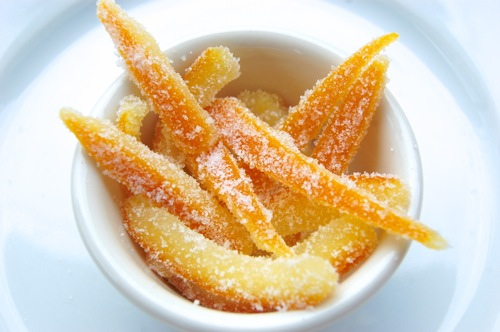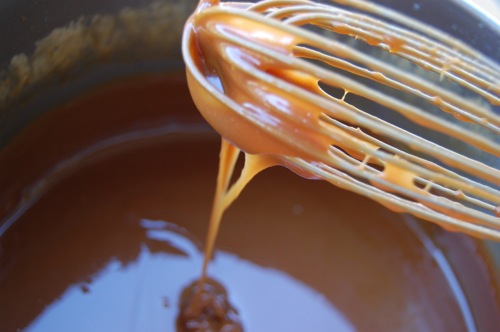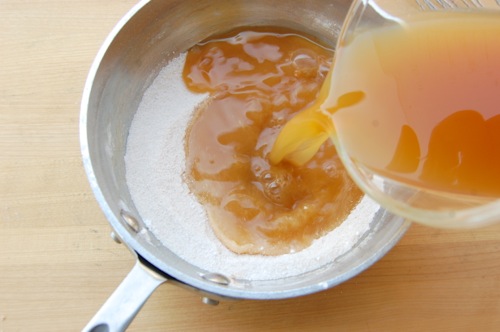Making Candied Orange (or Any Citrus) Peels

Ever made candy at home before? If not candied oranges are a great way to start. They’re simple and, well, you were going to just throw those orange peels away anyway, right? This recipe works with any citrus fruit peel. Begin by cutting the ends of your oranges:
READ ON


